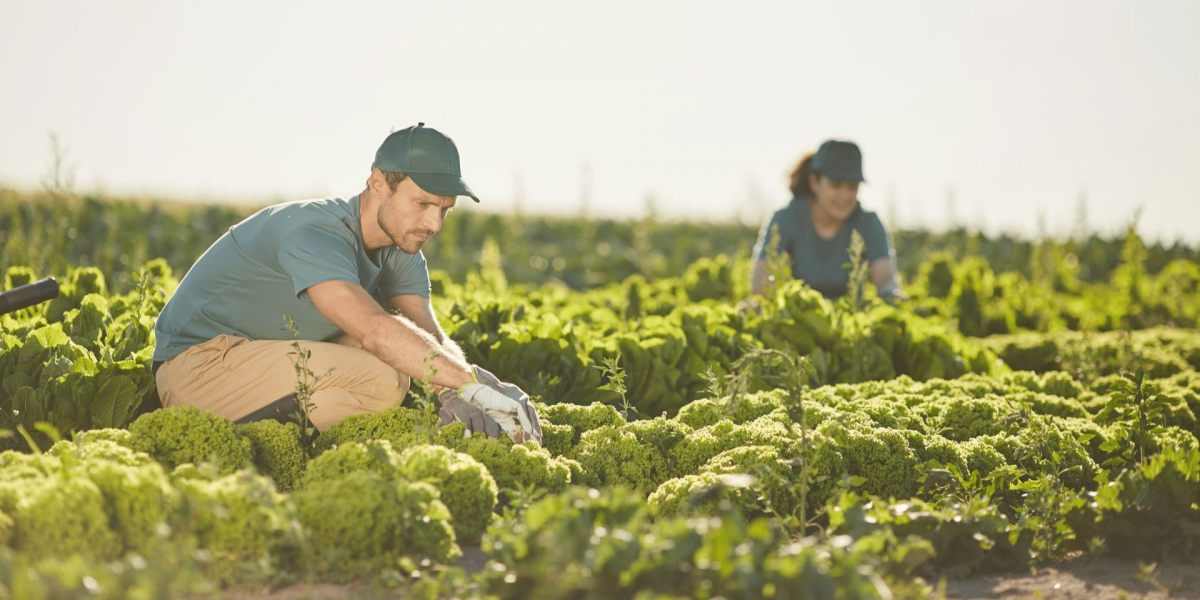The agricultural sector in the Southern United States plays a crucial role in the country’s food production and economy. However, recent extreme weather conditions, including heatwaves, droughts, and storms, have significantly impacted this sector. This article explores how these weather conditions are affecting agriculture in the Southern US, highlighting the challenges faced by farmers and the adaptive measures being implemented.
The Impact of Heatwaves
Prolonged High Temperatures
The Southern US is currently experiencing unprecedented heatwaves, with temperatures reaching record highs. These prolonged periods of extreme heat are detrimental to crops and livestock.
- Crop Stress: High temperatures cause heat stress in crops, leading to reduced growth and lower yields. Plants like corn, soybeans, and cotton are particularly vulnerable during critical growth stages.
- Livestock Health: Heat stress also affects livestock, resulting in decreased productivity, lower milk yields, and increased mortality rates in severe cases.
Drought Conditions
Water Scarcity
Alongside heatwaves, the Southern US is facing severe drought conditions. This scarcity of water poses a significant threat to agriculture.
- Irrigation Challenges: Farmers rely heavily on irrigation to maintain crop health. However, drought conditions reduce water availability, making it difficult to provide adequate irrigation.
- Soil Degradation: Prolonged droughts lead to soil degradation, reducing its fertility and capacity to support healthy crop growth. This impacts long-term agricultural productivity.
Storms and Flooding
Tropical Storms and Hurricanes
The Southern US is also prone to tropical storms and hurricanes, which bring heavy rainfall and flooding. These extreme weather events can devastate agricultural areas.
- Crop Damage: Heavy rains and flooding can wash away topsoil, damage crops, and disrupt planting schedules. Crops like rice, peanuts, and vegetables are particularly susceptible to flood damage.
- Infrastructure Impact: Flooding can damage farm infrastructure, including irrigation systems, storage facilities, and transportation routes, further complicating farming operations.
Adaptive Measures by Farmers
Improved Irrigation Techniques
To combat water scarcity, farmers are adopting improved irrigation techniques that optimize water use.
- Drip Irrigation: Drip irrigation delivers water directly to the plant roots, reducing water wastage and improving efficiency.
- Soil Moisture Sensors: These sensors help farmers monitor soil moisture levels in real-time, allowing for precise irrigation management.
Drought-Resistant Crops
Farmers are also shifting towards drought-resistant crop varieties that can withstand extreme conditions.
- Genetically Modified Crops: Some genetically modified crops are designed to be more resilient to heat and drought, ensuring better yields under adverse conditions.
- Traditional Breeding: Traditional breeding techniques are being used to develop crop varieties that are naturally more drought-resistant.
Government and Community Support
Financial Assistance
Government programs provide financial assistance to farmers affected by extreme weather conditions.
- Disaster Relief Funds: These funds help farmers recover from losses caused by natural disasters, ensuring they can continue their operations.
- Subsidies and Grants: Various subsidies and grants are available to support farmers in adopting new technologies and practices that enhance resilience.
Education and Training
Educational programs and training sessions help farmers learn about adaptive practices and sustainable farming techniques.
- Extension Services: Agricultural extension services provide farmers with the latest research and information on best practices for coping with extreme weather.
- Community Workshops: Workshops and community meetings facilitate knowledge sharing and collective problem-solving among farmers.
Long-Term Solutions to Extreme Weather Conditions
Sustainable Farming Practices
Adopting sustainable farming practices is essential for mitigating the impact of extreme weather conditions in the long term.
- Crop Rotation: Crop rotation improves soil health and reduces the risk of pest infestations, making farms more resilient to adverse weather.
- Conservation Tillage: This practice reduces soil erosion and improves water retention, helping farms cope with drought and flooding.
Climate Change Mitigation
Addressing climate change is crucial for reducing the frequency and severity of extreme weather events.
- Renewable Energy: Transitioning to renewable energy sources can reduce greenhouse gas emissions, mitigating the effects of climate change.
- Policy Advocacy: Farmers and agricultural organizations can advocate for policies that address climate change and support sustainable agriculture.
The agricultural sector in the Southern US is facing significant challenges due to extreme weather conditions, including heatwaves, droughts, and storms. These conditions affect crop yields, livestock health, and farm infrastructure. However, farmers are adopting various adaptive measures, such as improved irrigation techniques, drought-resistant crops, and sustainable farming practices. Government support and community efforts are also essential in helping farmers navigate these challenges. By addressing climate change and implementing long-term solutions, the agricultural sector can become more resilient to future weather extremes.















